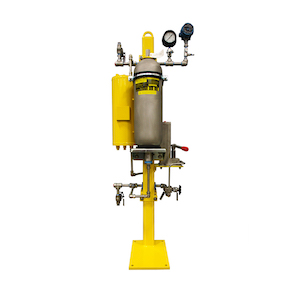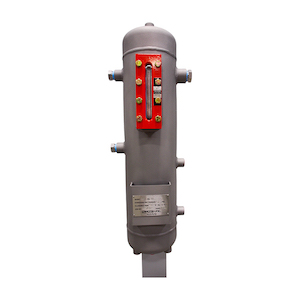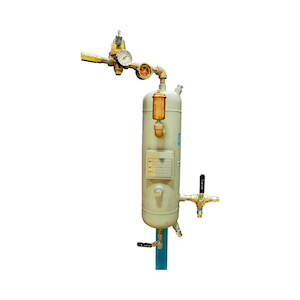Guide: How do Seal Pots and Seal Support Systems Work?
As a premier industrial seal pot manufacturer, we offer standard and custom built ANSI / API mechanical seal support systems for industrial, chemical, and petrochemical applications. Seal pots for pumps and systems provide a protective seal reservoir buffer between the product and the atmosphere, and isolate potential product leaks to the atmosphere. As a safety measure, seal pots for pumps and systems perform a vital duty protecting the environment and personnel from the dangers of hazardous materials.
Carotek Seal Pots are fully Made in America and meet all the ASME Code (Section VIII, Division 1, E2007, 2008a, Addenda) requirements and ANSI or API specifications as needed. Our modular designs are adaptable and can be combined with cooling coils, level switch/transmitters, pressure switch/transmitters, air coolers, and circulating pumps for a wide variety of applications. They are durable,flexible, and offer reliable performance for your demanding operations. They are available in many different materials including stainless steel pressure vessels.
When you compare our Seal Pots to John Crane Seal Support Systems, Swagelok Seal Support Systems, or Eagle Burgmann Seal Supply Systems, you will see why Carotek can best meet your needs.
Seal Pot Costs range from $1800 to $10,000 for individual seal pots. Integrated seal support systems will run much more and must be custom quoted.
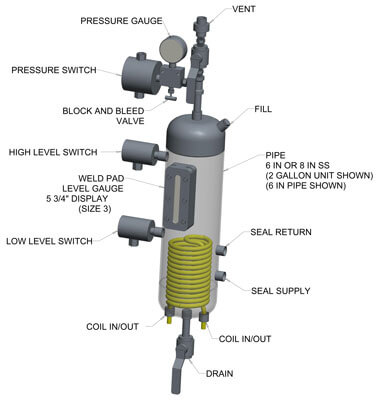
Why Buy Carotek Seal Pot and Seal Support Systems?
- Seal Pot ASME Certificate of Authorization
- Made in America
- Quick Quotes
- Quick Delivery
- Expert application assistance
- Millwright quality
- TIG and MIG welded
- Bare Tanks with coil can be shipped next day
- Available with ASME code stamp
- Modular design for various combinations of instruments and components
- Built in refill pumps, transmitters, switches and cooling coils
- Meets all API 682 guidelines
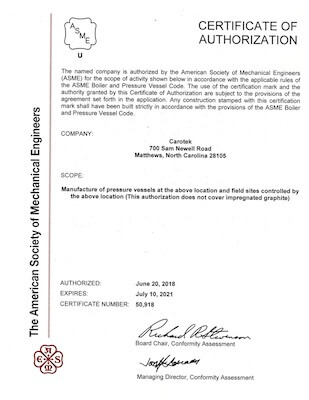
How Customized Seal Support Systems Work
A non-pressurized external reservoir system acts as a protective buffer between the product and the atmosphere. Multiple seal arrangements are used to isolate toxic gases and fluids that can change state when exposed to the atmosphere. Buffer fluid is circulated between the inner and outer seal chamber using forced circulation with a circulating ring or pump.
Carotek also provides cooling coils to be placed in the seal reservoir to help reduce flashing of the product or the buffer fluid. A standard inner seal safely vents vapor to a recovery system so that zero emissions are achieved.
A pressurized external barrier fluid reservoir system supplies clean fluid to a pressurized dual mechanical seal with forced circulation. Pressurized barrier fluid is used to lubricate both the inner and outer seal faces. Maintaining the barrier fluid at pressure 25 to 30 psi above the seal chamber pressure insures barrier lubrication of the inboard seal faces.
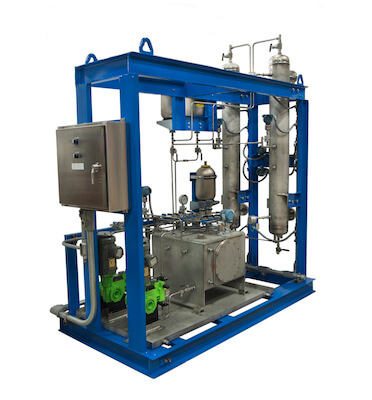
Seal Pot Video Gallery
How we make our Seal Pot Coils
Dimetric Model

